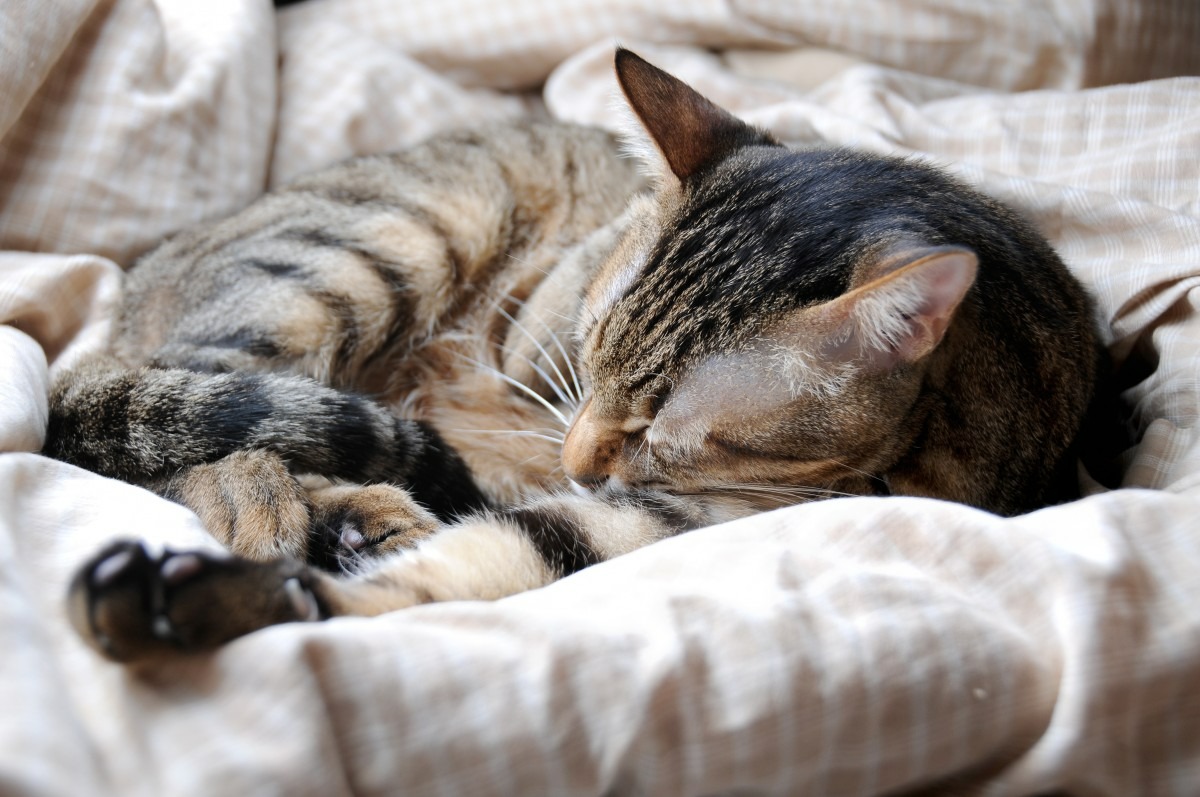Introduction: Unraveling the Mystery of Cat Kneading
If you’ve ever observed your cat kneading a blanket or a soft surface with their paws, you may have wondered what motivates this peculiar behavior. Often accompanied by purring and a blissful expression, cat kneading is a fascinating aspect of feline behavior that has intrigued pet owners for generations. But why do cats engage in this rhythmic motion, and what does it signify? In this comprehensive exploration, we’ll delve into the reasons behind cat kneading, uncover common triggers for this behavior, and discuss its significance in the lives of our feline companions.
The Nature of Cat Kneading: A Natural Instinct
Cat kneading, also known as “making biscuits” or “making muffins,” is a behavior characterized by rhythmic pushing and pulling motions of the front paws against a soft surface. This behavior typically involves alternating between extending and retracting the claws, resulting in a gentle kneading motion reminiscent of making dough. While kneading may seem like a random or arbitrary behavior to humans, it serves several important functions for cats.
Origins of Cat Kneading: Tracing Back to Kittenhood
The roots of cat kneading can be traced back to kittenhood, where the behavior first emerges during nursing. Kittens instinctively knead their mother’s belly with their front paws while nursing to stimulate milk flow and express contentment. This early association between kneading and comfort may persist into adulthood, with cats continuing to engage in kneading behavior as a way to self-soothe and experience feelings of security and contentment.
Common Triggers for Cat Kneading: Exploring the Motivations
While the exact reasons behind cat kneading may vary from cat to cat, there are several common triggers and motivations for this behavior:
- Nurturing Instincts: Cat kneading may serve as a manifestation of a cat’s nurturing instincts, reminiscent of their experiences during nursing as kittens. By kneading a soft surface, cats may be seeking comfort and security, mimicking the sensations of being close to their mother and siblings.
- Marking Territory: Cats have scent glands located in the pads of their paws, which release pheromones when they knead a surface. This behavior may serve as a way for cats to mark their territory and communicate their presence to other cats in the household or environment.
- Stretching and Flexing Muscles: Kneading provides cats with an opportunity to stretch and flex the muscles in their paws and shoulders, promoting circulation and relieving tension. This rhythmic motion may help cats maintain flexibility and agility, particularly after periods of rest or inactivity.
- Comfort and Relaxation: Cats often knead when they are feeling relaxed and content, such as when they are lounging on a favorite blanket or bedding. The repetitive motion of kneading may release endorphins, which promote feelings of pleasure and relaxation in cats.
- Scent and Texture Preference: Some cats may be drawn to specific textures or scents when kneading, such as soft blankets or bedding that remind them of their mother’s fur or the warmth of the nest during kittenhood.
Significance of Cat Kneading: Understanding its Role
Cat kneading serves as a multifaceted behavior with both practical and emotional significance for our feline companions. While it may appear simple on the surface, kneading is a complex behavior that reflects cats’ instincts, experiences, and emotional states. By understanding the motivations behind cat kneading and recognizing its role in cats’ lives, pet owners can gain insight into their cats’ behavior and deepen their bond with their furry friends.
Conclusion: Embracing the Quirks of Feline Behavior
In conclusion, cat kneading is a fascinating and endearing behavior that holds deep-rooted significance for our feline companions. Whether it’s a manifestation of their nurturing instincts, a way to mark territory, or simply a means of self-soothing and relaxation, kneading plays an important role in cats’ lives. By observing and understanding this behavior, pet owners can gain valuable insights into their cats’ emotional and physical well-being, strengthening their bond and fostering a deeper connection with their beloved pets. So the next time you catch your cat kneading a blanket or a soft surface, take a moment to appreciate this unique and cherished aspect of feline behavior.
